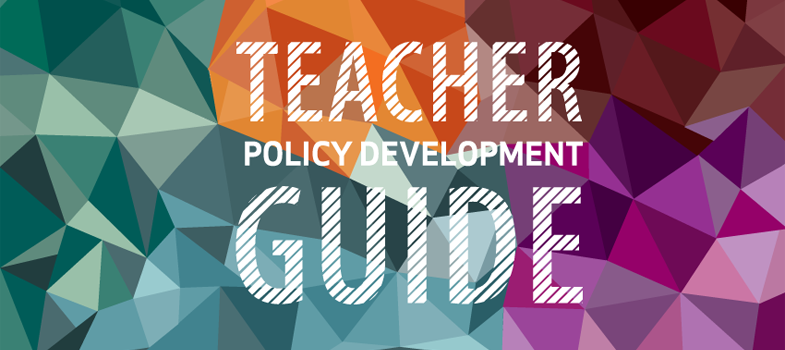Glossary
You can use the course glossary to help with any unfamiliar terminology.
Special | A | B | C | D | E | F | G | H | I | J | K | L | M | N | O | P | Q | R | S | T | U | V | W | X | Y | Z | ALL
S |
|---|
Stakeholder
A person, group or organization that has an interest or concern in, or can be affected by the results of, a particular action, objective, system or policy. It is good practice to consult and involve all stakeholders in decisions which affect them.
| |
Standards
Expectations about teachers’ knowledge, competences, attributes and performance, which describe what good teaching is in a given context and what teachers need to know and be able to do in order to implement good teaching.
| |
Systems Approach for Better Results in Education (SABER)
World Bank’s initiative to produce comparative data and knowledge on education policies and institutions, with the aim of helping countries systematically strengthen their education systems. Teacher is one of the policy domains focused by SABER. SABER-Teachers documents and analyses the teacher policies that govern public schools in education systems around the world, in both developing and developed countries.
| |
T |
|---|
Teacher certification
See certification.
| |
Teacher gap
The difference between the number of teachers currently employed and the number needed to ensure education for all learners within defined learner/teacher ratios and other variables.
| |
Teacher Management Information System (TMIS)
As part of an EMIS, or as a stand-alone database, a system designed to collect, manage, process and report individual teacher-level data about a teaching force.
| |
Teacher unions
Organizations of teachers established for protecting or improving, through collective action, the economic and social status of their members. In some countries, teachers are members of associations, which act as unions, or are members of education worker unions, which collectively represent different categories of education personnel.
| |
Technical and vocational education and training (TVET)
The acquisition of knowledge and skills for the world of work, often delivered through private public partnerships between industry and education providers.
| |
Turnover rates
The proportion of employees who leave an organization expressed as a percentage of total workforce over a set period (often annually).
| |
U |
|---|
Under-performanceFailure to perform the duties
of
a role to agreed or required standards. Under-performance may have many causes, including
lack of clarity about
standards and expectations, insufficient training,
excessive workload, ineffective communication, the “wrong person for the job” or outside personal factors. Under-
performance should not be confused
with misconduct or poor conduct | |
For further information, take a look at our frequently asked questions which may give you the support you need.
If you have any concerns about anything on this site please get in contact with us here.
